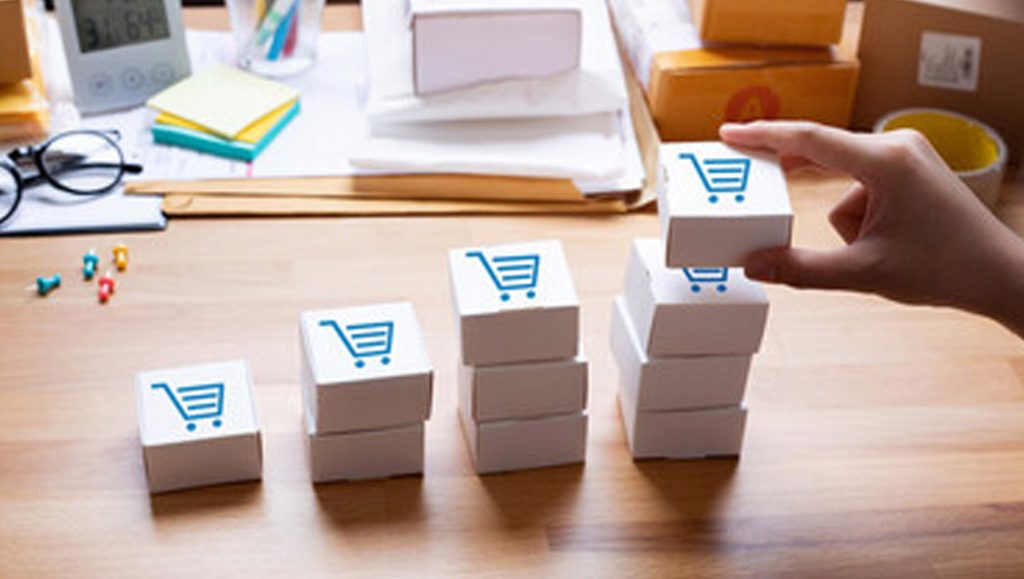Breaking down the silos between sales & marketing
First things first, when marketing and sales operate in silos, communication and collaboration is not streamlined. It leads to inconsistency in messaging and plenty of missed opportunities, leading to misaligned business goals.
Marketing teams generate leads and sales teams take it forward to close the deals. The ultimate revenue targets are achieved only when both the department of marketing and sales operate together.
Here are the common challenges you face when sales and marketing are not aligned:
Inconsistent messaging
When your sales and marketing functions are siloed, it can lead to inconsistent messaging. It means customer messages are delivered differently by the marketing and sales teams, leading to more confusion. For example, your marketing team may emphasize on the features of the products but as your sales function is not collaborated with marketing, the sales team will not coordinate their messaging with that of the marketing department.
Misaligned goals
When your sales and marketing teams do not coordinate with each other, they will have different goals to chase. They will solely work for the success of their department and team and may not align their objectives with the overall goals of the organization.
Missed opportunities
You will miss out on potential opportunities when the sales and marketing functions operate in silos. For instance, if your marketing team is generating leads through email and social media, but if the sales team cannot follow up with these leads effectively, the leads may lose interest.
Read More: SalesTechStar Interview with Ari Widlansky, Managing Director and COO – US for Esker
Benefits of sales and marketing synergy
Integrating both of these teams can help you drive desired outcomes and enhance the buyers’ journey from lead generation to retention. When these functions work together, you can create effective workflows, streamlined revenue strategy, leading to increased sales, revenue, and customer satisfaction.
Here are some benefits of collaborating your sales and marketing teams together:
Effective lead generation
When sales and marketing work together, they can create a more effective lead generation strategy. Marketing can better understand what types of leads convert into customers, allowing them to optimize their campaigns for quality leads rather than quantity. Sales teams can provide feedback on which messages resonate most with prospects, helping marketing craft more targeted and effective outreach.
Better sales processes
When marketing provides sales teams with detailed information about leads—such as behavior, interests, and engagement history—sales teams can tailor their approach and engage prospects more effectively. This helps create a smoother sales process where leads are nurtured from awareness to conversion without any gaps or miscommunications.
Increased revenue growth
With improved collaboration between marketing and sales, businesses see better outcomes in terms of revenue growth. A unified strategy ensures that both teams are working toward the same revenue targets, leading to a more efficient pipeline and higher close rates. Additionally, aligned teams can better identify cross-selling and upselling opportunities, contributing to long-term revenue growth.
Actionable tips to break down collaboration barriers
When you aim to foster better collaboration between your sales and marketing team, here are some actionable tips to break the barriers:
- Need for a unified revenue strategy – Align your sales and marketing team around a common revenue goal. You can include KPIs such as lead-to-customer conversion rate or total revenue generated, and so on. These performance indicators can ensure that both the teams are working collaboratively to achieve the same goal
- Regular communication – The team alignment should happen beyond the documents. Being a team leader, you should conduct regular meetings of both sales and marketing department together to share insights, discuss challenges faced, and resolutions. It helps to keep both the teams at the same platform.
The time has come when sales and marketing cannot operate as separate entities. Aim to break down the silos and foster collaboration so your business can build a seamless buyer journey from lead generation to conversion. You can set a clear path ahead and with the help of these tips, you can blur the lines between sales and marketing to run them as a unified business function.
Read More: Sales Enablement Technology in the Era of Remote Work – Driving Impact with Augmented Reality






















